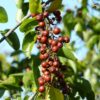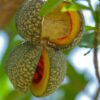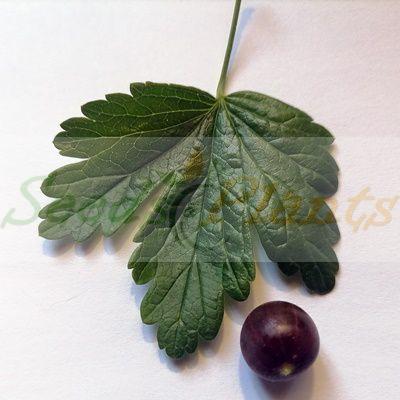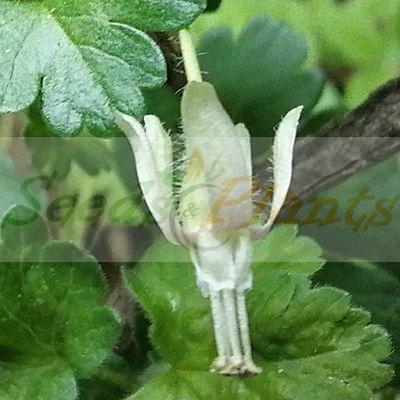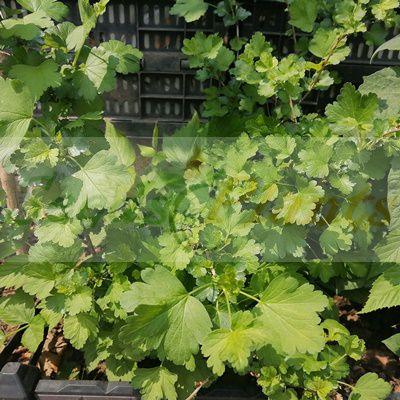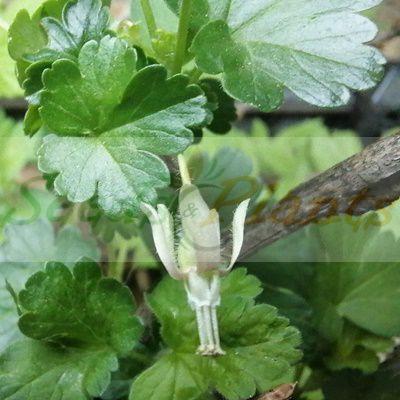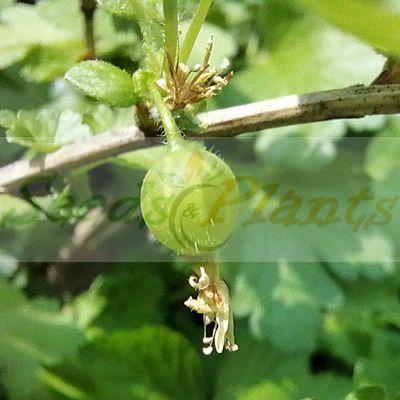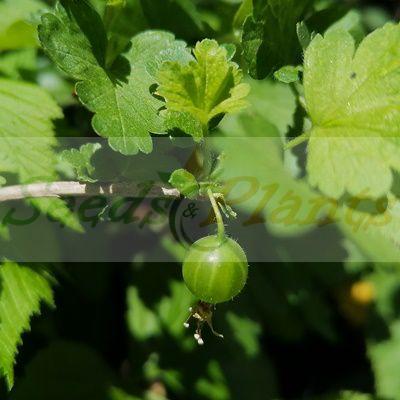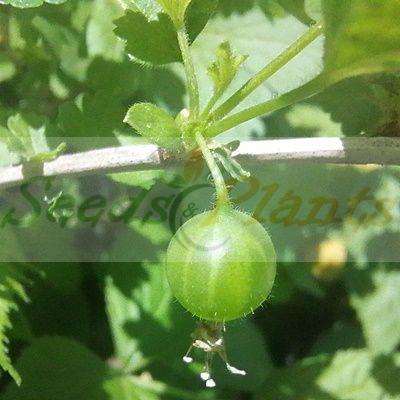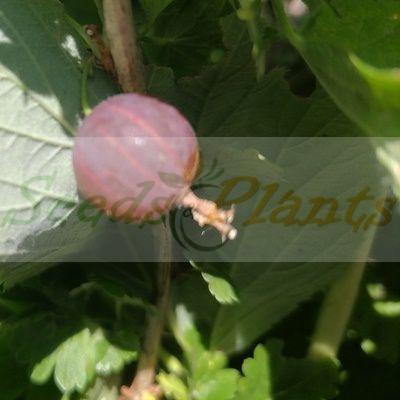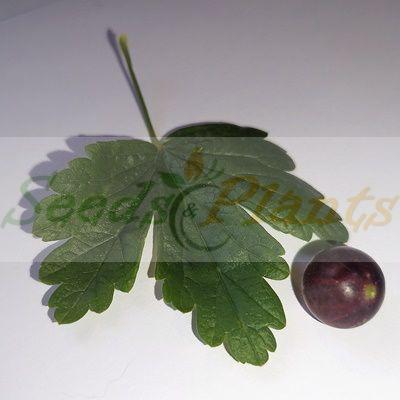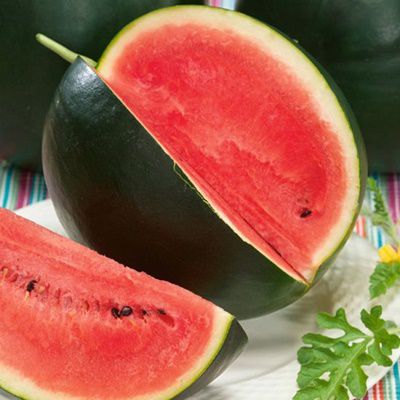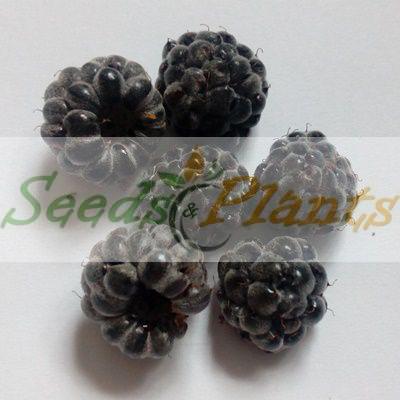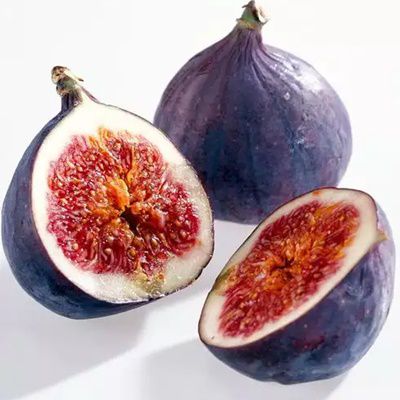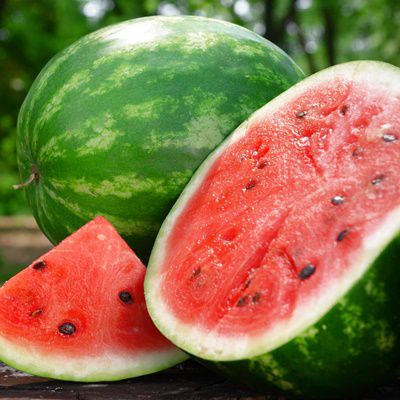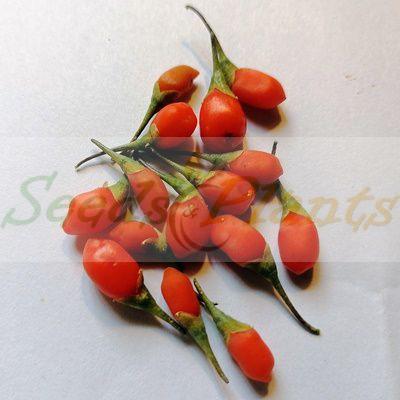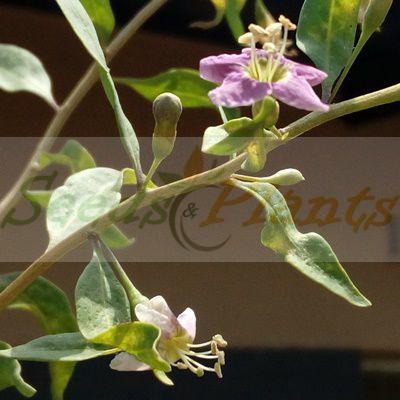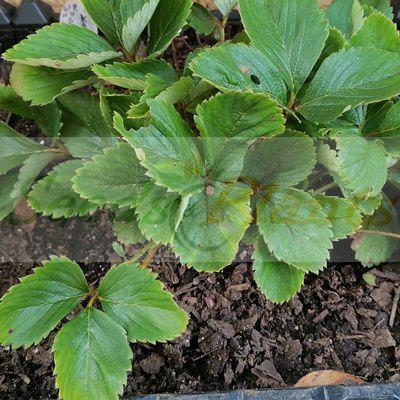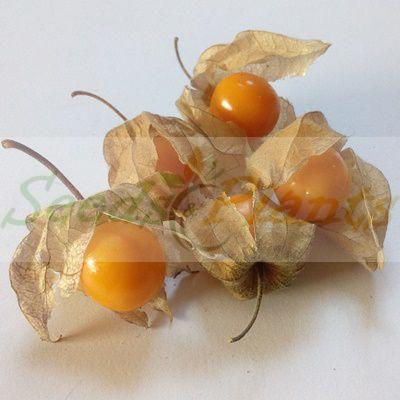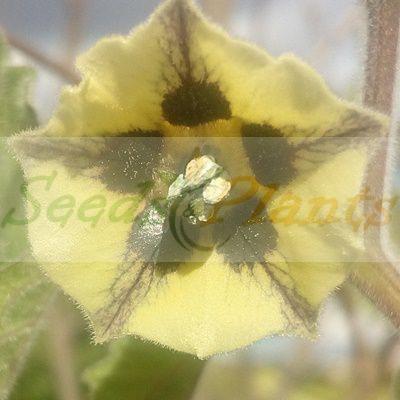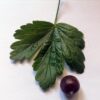🍒 Fruit Quick Facts
Fruit Info
- 🌍 Origin / Region: North America
- 🍽️ Culinary Use: Beverages/Teas, Chutneys, Cooked / Baked / Dried fruit, Desserts, Jams and Jellies, Juices and Syrups, Liqueurs/Wines, Raw Eating
- 🥗 Edible Part: Berry, Leaf
- 😋 Flavor Profile: Sweet-tart
Growth Traits
- 🌱 Life Cycle: Perennial
- 🌾 Plant Type: Shrub
- 🔁 Fruiting Needs: Needs Only 1 Plant
- 🪴 Growth Habit: Sprawling, Upright
- 🌸 Flower Color: Creamy White, Pale Green
- 🌿 Foliage Type: Deciduous
- 📏 Mature Height: 1-1.5m
- 🦋 Pollinator Method: Attracts Bees, Attracts Butterflies, Attracts Hummingbirds, Wind
Growing Requirements
- 🌞 Sun Exposure: Full Sun, Partial Shade
- 💧 Water Needs: Avoid Overwatering, Moderate Water
- ☀️ Growing Conditions: Cold Tolerant, Frost Tolerant, Low drought tolerance, Moderate Heat Tolerance
- 🟤 Soil Preference: Loam, Rich Organic, Tolerant of most soils, Well-Drained
American Gooseberry – 2 Seeds
(Ribes hirtellum)
R50.00
Common Names: Hairy-stem gooseberry, hairy gooseberry, low wild gooseberry northern gooseberry, smooth gooseberry, Swamp Gooseberry and wedge-leaf gooseberry.
This plant can be successfully grown in South Africa and it is heat tolerant, but for flowering and fruiting to take place, cold or frosty winters or cold weather is needed.
Seed Type: Organic – Harvested from our own plants.
Indoor Sowing: Cold Stratification and then transplant once big enough.
Direct Sowing: Autumn and Winter.
Out of Stock
Email me when the product is back in stock.
🍒 Fruit Quick Facts
Fruit Info
- 🌍 Origin / Region: North America
- 🍽️ Culinary Use: Beverages/Teas, Chutneys, Cooked / Baked / Dried fruit, Desserts, Jams and Jellies, Juices and Syrups, Liqueurs/Wines, Raw Eating
- 🥗 Edible Part: Berry, Leaf
- 😋 Flavor Profile: Sweet-tart
Growth Traits
- 🌱 Life Cycle: Perennial
- 🌾 Plant Type: Shrub
- 🔁 Fruiting Needs: Needs Only 1 Plant
- 🪴 Growth Habit: Sprawling, Upright
- 🌸 Flower Color: Creamy White, Pale Green
- 🌿 Foliage Type: Deciduous
- 📏 Mature Height: 1-1.5m
- 🦋 Pollinator Method: Attracts Bees, Attracts Butterflies, Attracts Hummingbirds, Wind
Growing Requirements
- 🌞 Sun Exposure: Full Sun, Partial Shade
- 💧 Water Needs: Avoid Overwatering, Moderate Water
- ☀️ Growing Conditions: Cold Tolerant, Frost Tolerant, Low drought tolerance, Moderate Heat Tolerance
- 🟤 Soil Preference: Loam, Rich Organic, Tolerant of most soils, Well-Drained
The American Gooseberry (Ribes hirtellum) is a small deciduous shrub growing to between 0.6 to 1.5 m. It is native to Canada and the northern United States. Gooseberry plants are in the same genus as currants. The main difference in their growth is that currents grow in clusters, and gooseberries grow individually along spiky stems.
The stems grow in a weeping fashion and are densely bristly, with one or more additional thorns at each axil. The leaves of the Gooseberry are lobed with deeply toothed edges and palmate veins. Annual growth is in a single flush in spring. The roots are superficial, fine and easily damaged.
The pale green to cream flowers are very small and appear singularly or in pairs from the base of the leaves. They are borne on one-year old wood and on short spurs of older wood. The flowers are self-fertile and pollinated by wind and insects, including bees. The fruit is initially green, changing to a dull reddish-maroon color once fully ripe. The perfectly round fruit is similar in size as a grape and the translucent skin of the fruit has very fine hairs.
The plants are heat and cold tolerant. They grow well in containers.The plants can be successfully grown in South Africa, but although the plant is heat tolerant, it needs cold weather for it to be able to produce flowers and fruit.
The plants are very cold hardy and can withstand temperature of -30 to -35°C. The flowers are tolerant to frost and can withstand temperatures between -0.5 to 2.0°C when open, -3 to -5°C when closed. The small fruit can withstand temperatures between -2 to -3°C.
Common Names: Hairy-stem gooseberry, hairy gooseberry, low wild gooseberry northern gooseberry, smooth gooseberry, Swamp Gooseberry and wedge-leaf gooseberry.
Gooseberry Uses
Gooseberries are used for culinary purposes such as tarts, syrups, pies, and jams are usually picked while still green. Allow fruit to fully ripen if eating berries fresh. They can also be stewed, or used as fillings. Gooseberry fruit will keep one to two days at room temperature and up to seven days if refrigerated.
Growing American Gooseberry
Indoor Sowing: Cold Stratification and then transplant seedlings once big enough.
Direct Sowing: Autumn and Winter.
- This plant can be successfully grown in South Africa and it is heat tolerant, but for flowering and fruiting to take place, cold or frosty winters or weather is needed.
- Stratify the seeds in moist peat moss in the refrigerator for 90 – 120 days.
- Fill a tray with sand or peat moss and tamp down the soil.
- Surface sow the seeds barely covering them with soil.
- Germination takes place in Summer and Spring, but patience is required, as germination can take anything from a few month’s to 1 year.
- Gooseberries like morning sun, afternoon part-shade and good air circulation, but they can tolerate full sun as well.
- They do best in a moist, well prepared soil, but they are tolerant of a wide range of soils, except for sandy soil. The soil must be well draining.
- Keep the plants watered all season, since they will not regenerate buds or leaves lost from drought stress.
- Gooseberries need a climate with cold, even frosty, winters to produce fruit.
Disclaimer
Medicinal Information:
All medicinal information on this website is for educational and informational purposes only and may not be construed as medical advice. The information is not intended to replace medical advice or treatment offered by healthcare professionals.
Seeds, Plants, Plant Cuttings, Geophytes and Dried Herbs:
In some countries and provinces, certain plants are deemed as invasive and are not allowed to be planted at all, whilst some plants are allowed to be grown only in certain areas or provinces. The onus is on you as the buyer to familiarize yourself with the regulations pertaining to your location, before purchasing any of our seeds, plants, plant cuttings, geophytes or dried herbs. We will not be held liable, should you purchase any seeds, plants, plant cuttings, geophytes or dried herbs. from us which are prohibited in your country or province.

